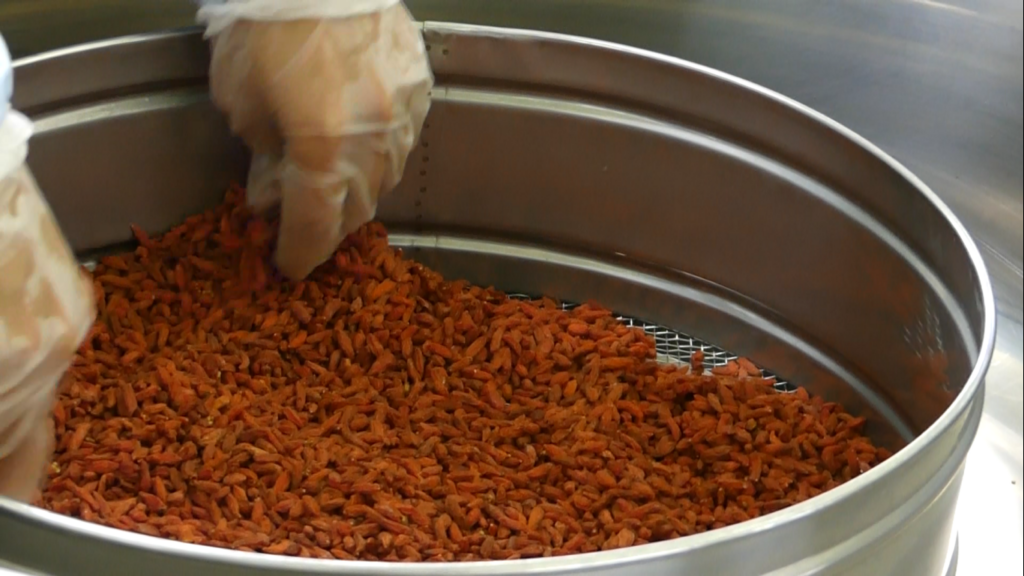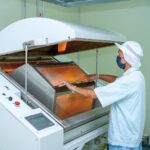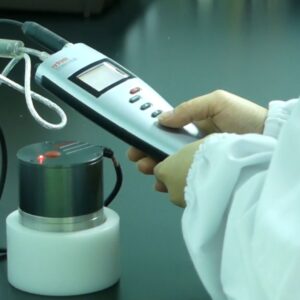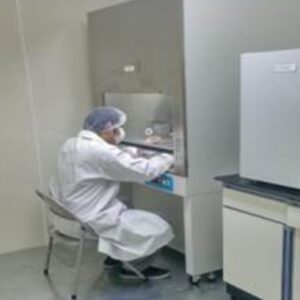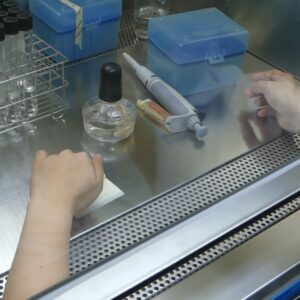We follow a meticulous six-step process to ensure the quality and safety of the raw materials we use. Our commitment to quality is unwavering, and we strive to provide our customers with the best possible products. Our thorough inspection process guarantees that only the finest materials are used.
R & D Center
Our R&D Center has personalized solutions to meet your brand needs with seasoned food doctors and nutritionists.
We provide comprehensive services for every aspect of product development, from raw material selection, dosage forms to designing effective label solutions.
Contact us for complete product development assistance or help with specific design aspects.

